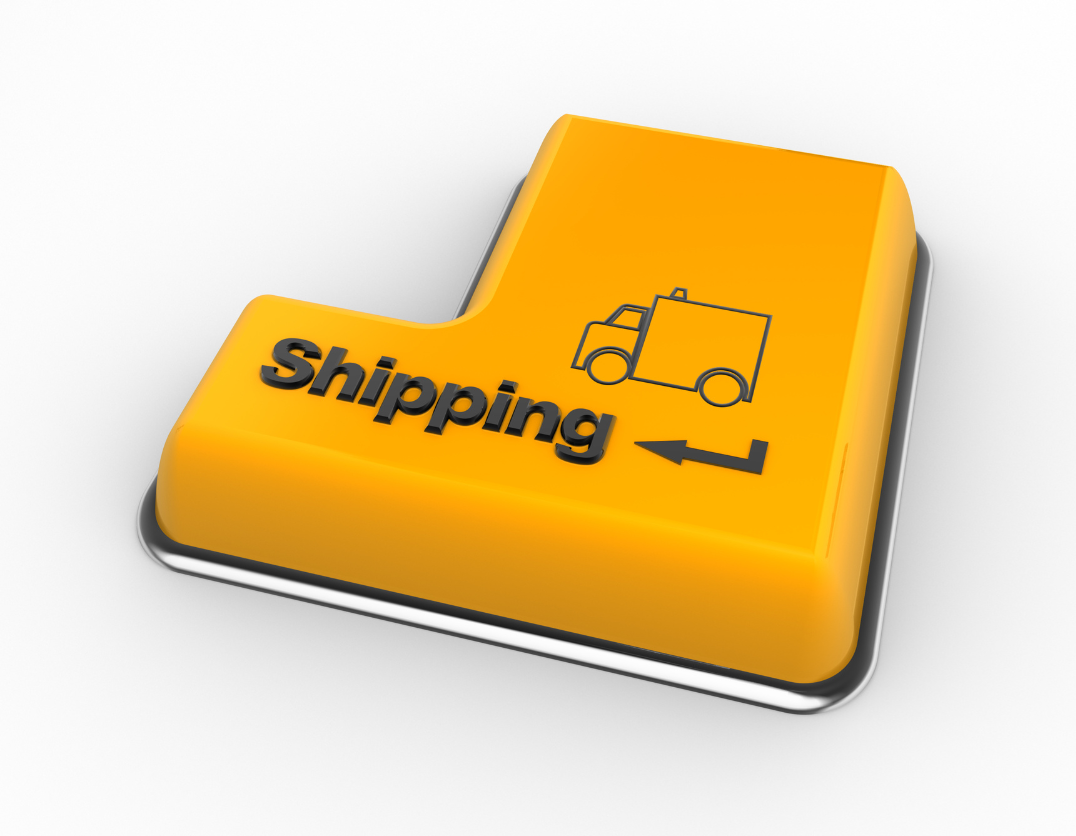Pro Tip – Don’t Let Your Shipping Fees Ruin Your Marketing ROI
Posted Rates
The first part is simple: keep your rates up to date. No matter who your fulfillment provider is, each year, fulfillment companies and shippers try to make sure that you are aware of your new rates, but sometimes this gets given a lower priority due to the end of the year being such a busy time with the holidays and offerings. Don’t miss this announcement from your provider. And if you don’t recall getting it – ask your provider what their new 2021 rates are. Ensuring that your prices have the new higher values is vital; the last thing you need is to go into the red on shipping fees.
Negotiated Rates
Sometimes you can negotiate lower prices when your volume of shipping is high enough. When your shipping rates are lower, your customers are more apt to purchase, so ask if they’re open to discussion.
If you’re unsure if you qualify for dedicated rates, reach out to your dedicated rep at your fulfillment house or your shipping providers. If you don’t know who yours is, try to find out by emailing or calling their sales team.

Shipping should be a thoughtful part of your eCommerce plan.
Add-On Charges
Also, make sure your rates aren’t going to have any unexpected add-ons. This isn’t the same across providers, so you’ll have to ask or read the fine print. Some shippers provide flat rates for each bottle or each pound, which will include all the little extras that come with shipping fees. But, others don’t include add-ons in the base rates. Here are some examples you may see:
- Adult signature fees – added on for controlled substances like alcohol.
- Fuel surcharges – vary, and it is often challenging to determine what they are based on. The best thing you can do is look to past years to find an annual projected average percentage to tack on top of the base rate.
- Home (vs. Business) and Rural delivery charges – set to cover the assumption that more packages will be non-deliverable in these areas. If you feel you may end up shipping to a high number of homes or rural locations, make sure you either add a percentage to account for this charge or insist on business addresses.
- Packaging fees – some places add on costs for packaging, which is a calculation based on weight, size, or package type.

The Strategy Behind Shipping Rates
In today’s ecosystem, you should not be aiming to make a profit on your shipping costs. Having too much markup on your shipping fees will eventually get noticed by your online consumers. Many now are shopping from their devices or online more than ever before due to the current world scene, and you can be confident that they will be noticing shipping rate differences from one winery to another. Of course, customers forgive minor differences, but if your Ground shipping costs $5.00 more to deliver to me for the same amount of wine from a similar location, it’s likely going to be apparent.
So the goal becomes to either cover your shipping costs (break-even) or take a hit on shipping costs to sell your wine at a higher margin.
Amazon has trained consumers to want their eCommerce purchases fast and free. This was not by accident and not without cost. Amazon’s strategy was to buy loyalty. In 2019, a New York Times article about their bold approach pointed out that for one-day shipping, the standard Amazon order is $8.32, and Amazon spends $10.59 to fulfill and ship it, meaning it loses money on each transaction. But the move ultimately paid out in repeat visits and volume, and two years later, the company delivered its largest quarter by revenue of all time at $125.56 billion, pushing it past the symbolic $100 billion mark for the first time.
The point is, shipping should be a thoughtful part of your eCommerce plan. Ask yourself: what is your shipping cost strategy?
If you want to cover your costs and sell your wine based on its strong track record and demand, then walk the fine line of ensuring your shipping fees are as reasonable as possible without going into the red. To do this, evaluate the shipping fees you pass to customers compared to what the shipper charges you for several months. Then make adjustments as needed to prevent your costs from going into the red.
If you want to be bold like Bezos about it, consider including shipping as a cost-of-good item, like glass or cork, and add it to each bottle of wine. Then set your bottle prices slightly higher and don’t separate out shipping charges to the customer.
Ultimately it is your choice, but hidden shipping costs or absorbed shipping costs advertised as “free” is undoubtedly where eCommerce is heading. So if you intend on making a play in the digital space, it makes sense to start thinking strategically about your shipping costs.


